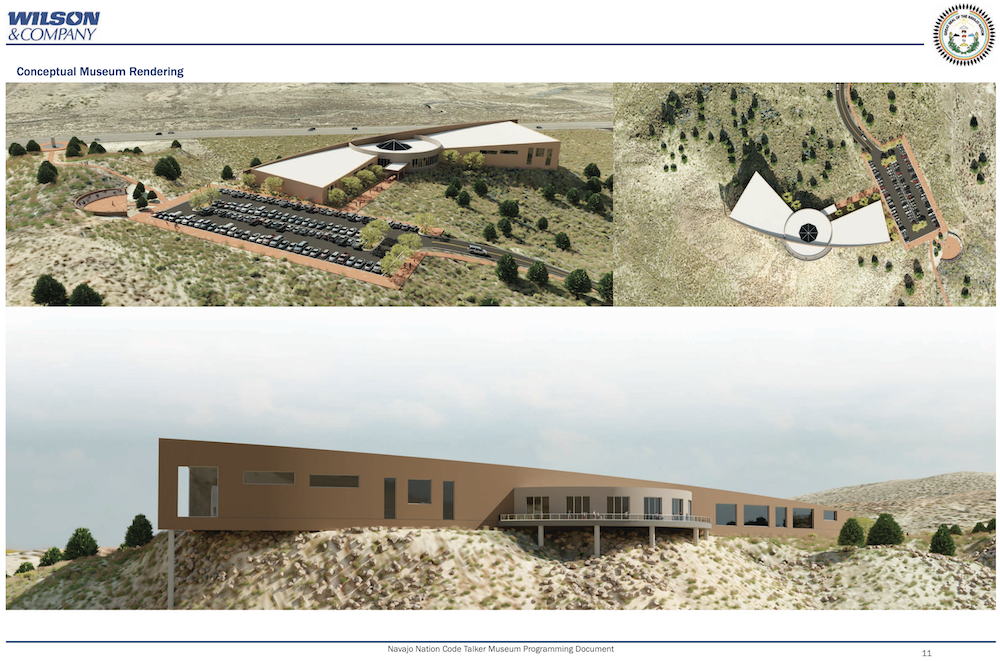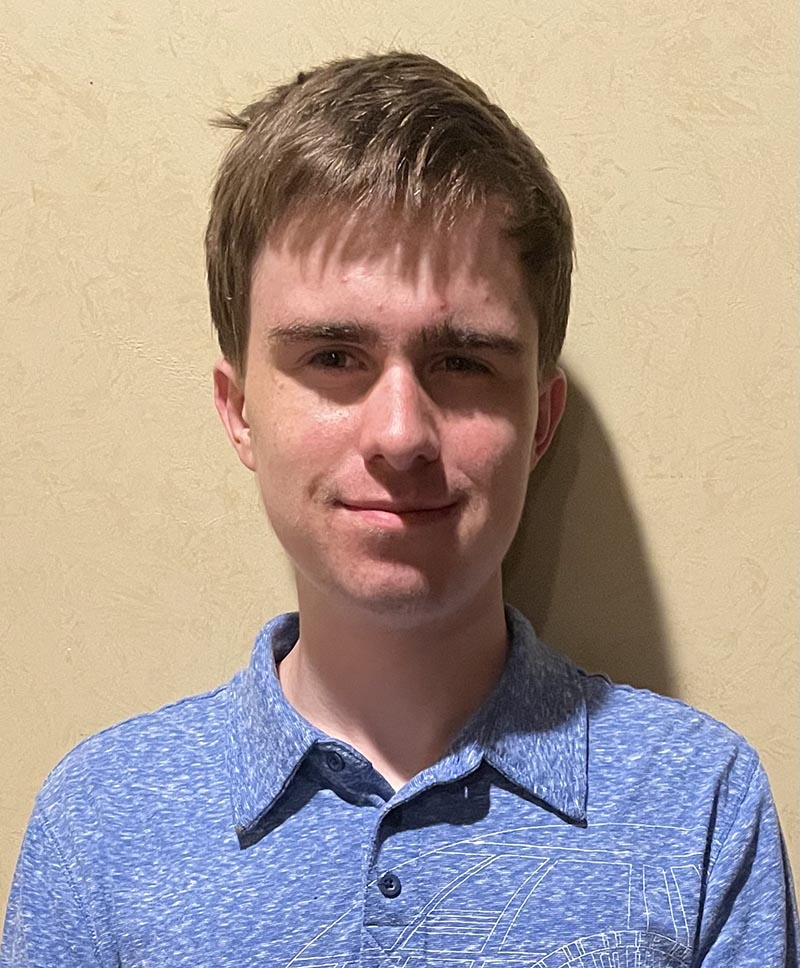
- Details
- By Andrew Kennard
On Sunday, the 40th annual celebration of Navajo Code Talkers Day was especially sweet, as the Navajo Code Talkers Museum (NCTM) broke ground in Tse Bonito, New Mexico.
“This whole program took a lot of work. And there was a team that put this program together,” NCTM president Peter MacDonald, Sr. said at the groundbreaking before listing contributors who helped make the museum possible.
The museum was established in 2019 with six board members, including two Code Talkers who led the group to build the museum. The Code Talkers program was first established by the U.S. Marine Corps in Camp Pendleton 80 years ago.
“Let’s not wait another three or four years,” said Seth Damon, speaker of the Navajo Nation Council. “Let’s build something now… And we [Navajo Nation] are introducing legislation right now to… build this initiative.”
New Mexico State Sen. Shannon Pinto said she was continuing the work of her grandfather, the late state Sen. John Pinto. In 2019, the Navajo Nation received more than $1 million from the state of New Mexico to assist with the design and construction of the Navajo Code Talker museum.
“The legislators, senators… put that money together, for him,” Pinto said of her grandfather, adding that the $1.1 million was “the stepping stone that allowed us to get here today. And we are waiting… to see what other resources will be committed, and I think we will be able to match it. Because that’s how committed we are in New Mexico.”
Museum organizers still need to secure $46 million in funding to create the museum, the Santa Fe New Mexican reported in mid-July.
In a statement, Damon expressed the Navajo Nation’s appreciation for Code Talkers MacDonald and the late Samuel Sandoval for “leading the charge to get us here today.”
“We were dragging our feet to get to this point,” Damon said at the groundbreaking. “This should’ve been done [a] long time ago… and I’m sorry.”
According to the museum, only three Code Talkers remain out of the original 400 after Sandoval walked on in late July. They are: MacDonald, Thomas H. Begay and John Kinsel, Sr.
The Navajo Nation celebrates Navajo Code Talkers Day each year, and it became a state holiday last year. U.S. President Ronald Reagan made August 14 National Code Talkers Day in 1982.
“Their steadfast service to a Nation that had systematically underserved and undervalued Indigenous people is a true testament to their character and a debt that we will never be able to repay fully,” Pinto said in a statement from New Mexico Gov. Michelle Lujan Grisham. “I am incredibly proud that the Navajo Code Talker Museum will be here in New Mexico.”
The museum’s vision includes telling the story of the role of the Code Talkers in World War II and the development of the Navajo code. It also intends to provide a forum for preserving the Navajo language and culture. Plans also include a veterans center where veterans can meet and receive services, resources, opportunities and support.
The museum’s mission statement reads: “Preserve and pass on the legacy and language of the Navajo Code Talkers while educating the Public and Providing a place of refuge, renewal, and healing for all veterans, military personnel, and their families.”
Watch the groundbreaking event here, and learn more about Navajo Code Talkers here. Donations to the museum can be made here.
EDITOR'S NOTE: This story has been updated to add the amount of funding the NCTM needs to secure and to include the source of a quote from Shannon Pinto.
More Stories Like This
Native News Weekly (August 25, 2024): D.C. BriefsUS Presidents in Their Own Words Concerning American Indians
NDAA passes House; Lumbee Fairness Act Advances
NFL, Vikings to Host Native All-American Game, Youth Flag Clinic
Senate Committee on Indian Affairs Passes 12 Bills to Strengthen Tribal Communities
Help us defend tribal sovereignty.
At Native News Online, our mission is rooted in telling the stories that strengthen sovereignty and uplift Indigenous voices — not just at year’s end, but every single day.
Because of your generosity last year, we were able to keep our reporters on the ground in tribal communities, at national gatherings and in the halls of Congress — covering the issues that matter most to Indian Country: sovereignty, culture, education, health and economic opportunity.
That support sustained us through a tough year in 2025. Now, as we look to the year ahead, we need your help right now to ensure warrior journalism remains strong — reporting that defends tribal sovereignty, amplifies Native truth, and holds power accountable.
 The stakes couldn't be higher. Your support keeps Native voices heard, Native stories told and Native sovereignty defended.
The stakes couldn't be higher. Your support keeps Native voices heard, Native stories told and Native sovereignty defended.
Stand with Warrior Journalism today.
Levi Rickert (Potawatomi), Editor & Publisher


